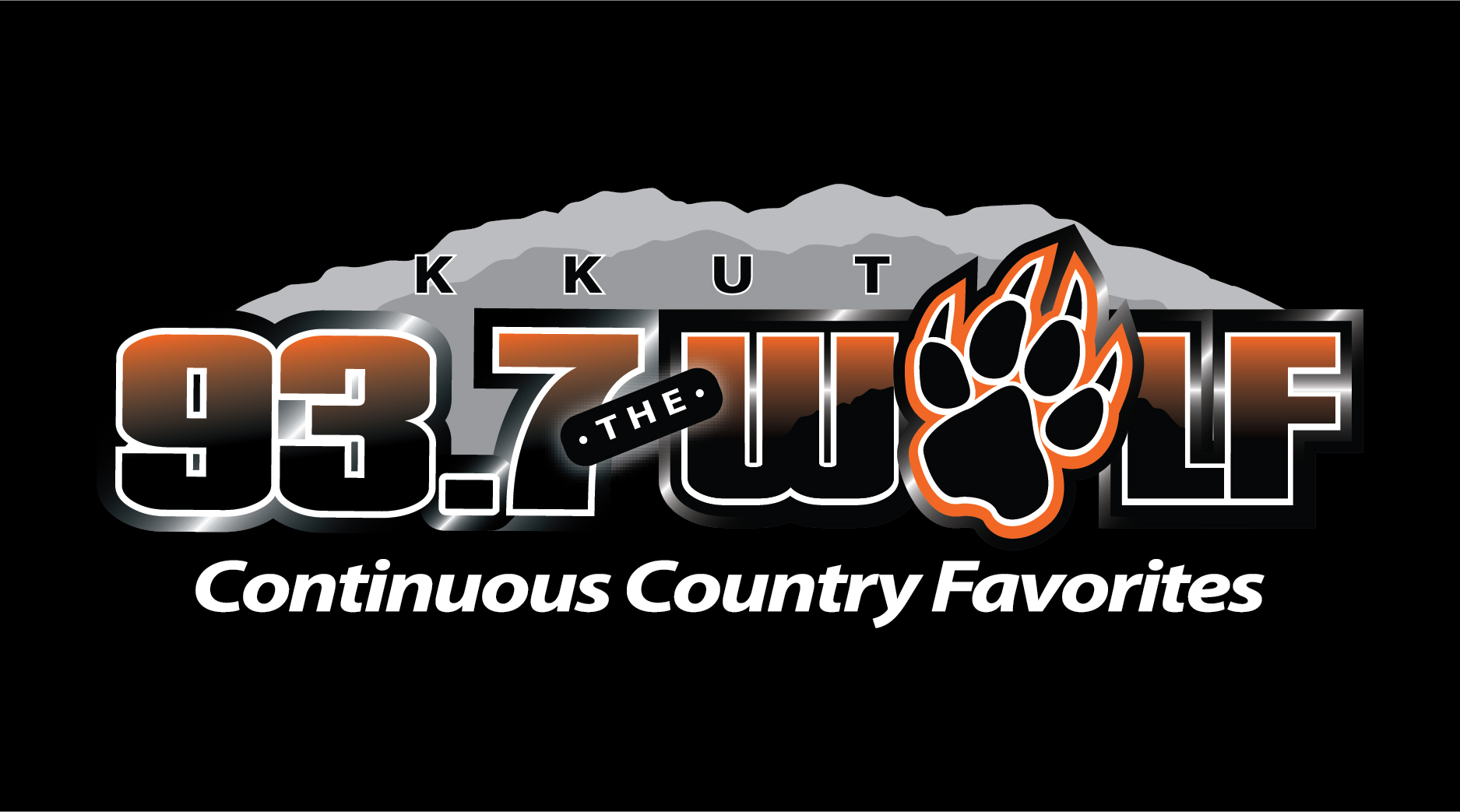SALT LAKE CITY (AP) — Mitt Romney took up the question of water shortage this week in Utah, one of the driest states in the country, during a debate as he runs for a U.S. Senate seat in his adopted home state against Democrat Jenny Wilson. But federal water managers say he oversimplified a complex issue when he said Utah’s unused water allotment goes to California.
Water use is a perennial issue in the arid West, especially along the overtaxed Colorado River, which supplies about 40 million people in seven Southwestern states as well as Mexico.
Asked whether Utah needs to regulate water use or bring in more supply, Wilson focused primarily on the need to conserve. Domestic water use per capita in Utah was the second-highest in the country in 2015, according to a report from the Utah Geological Survey.
Romney, meanwhile, said he supports conservation as well as a plan to build a billion-dollar pipeline to take water from the Lake Powell reservoir to southern Utah.
Here’s what Romney said:
ROMNEY: “One of the things that we benefit from is the arrangement we have with other states. We came together some years ago and decided how we would divide up the water in the Colorado River. We’re not taking as much as we have the right to take, and if we don’t take our full share from the Colorado River it ends up going to California and they take our share.”
THE FACTS: It’s true that Utah doesn’t use its full share of water it’s allotted from the Colorado River, but it’s not quite right to say California gets Utah’s extra water, said Marlon Duke, a spokeswoman for the U.S. Bureau of Reclamation, the federal agency that manages water in the West.
The information Romney referenced comes from Utah water managers who support the pipeline, and they maintain they are being shortchanged in favor of states further downriver, including California.
Three states: California, Arizona and Nevada, known collectively as the Lower Basin, are guaranteed a certain amount of water from the river, according to the 1922 Colorado River Compact.
A group of less-populous states known as the Upper Basin, including Utah, divide up the rest. Utah, for example, was allotted 23 percent of the remainder, while Colorado gets about 52 percent, according to another compact signed in 1948. The rest is divided between New Mexico and Wyoming.
None of Upper Basin states uses their full share of water from Colorado River, Duke said.
The extra water is stored in the reservoir at Lake Powell, and from there it goes on to the Lower Basin states as well as Mexico.
In recent years, more water has been leaving the reservoir than the amount allocated to the Lower Basin states due to natural loss from evaporation or seepage.
Water managers in southern Utah say that gives Lower Basin states, California chief among them, an unfair advantage. The fast-growing St. George, Utah, area is going to need more water, and can’t long afford to allow other states the benefit of the doubt, said Ron Thompson with the Washington County Water Conservancy District.
Be that as it may, it’s inaccurate to suggest that California is taking more than their share of water, Duke said. The state’s usage is within its legal share.








